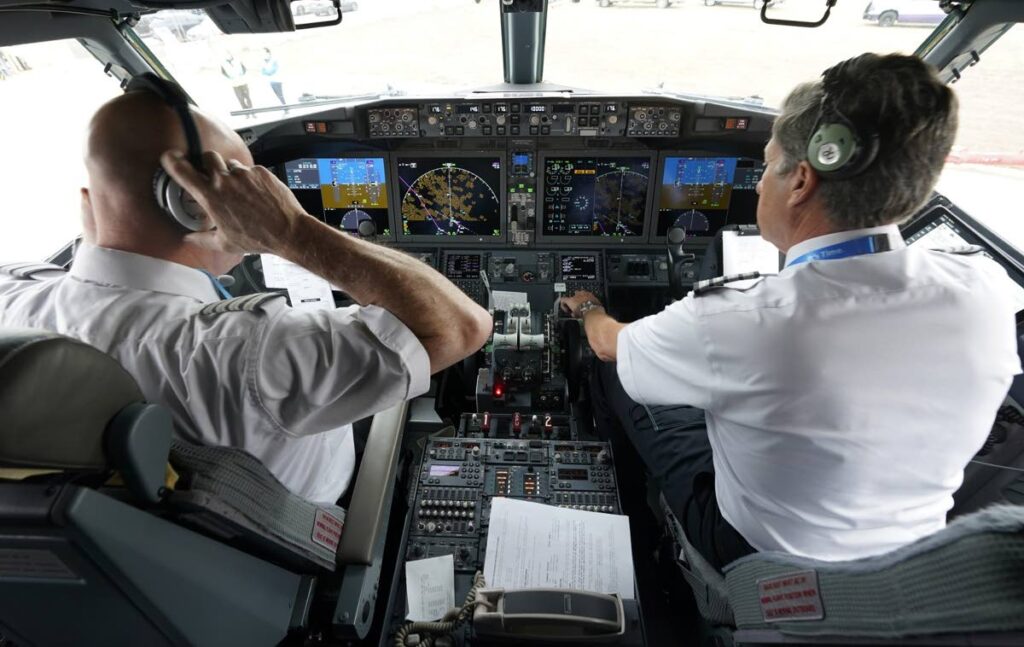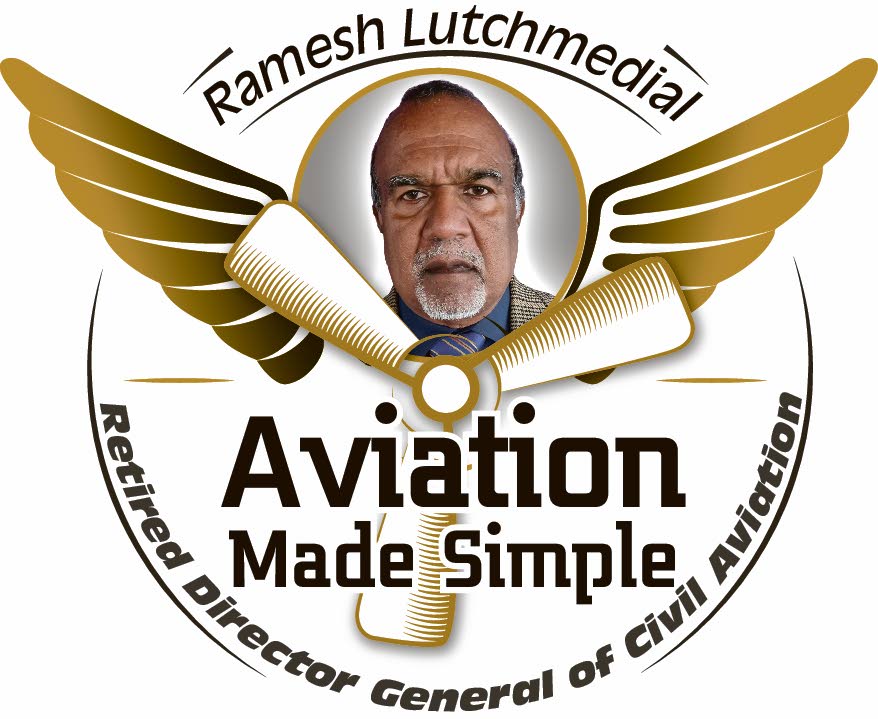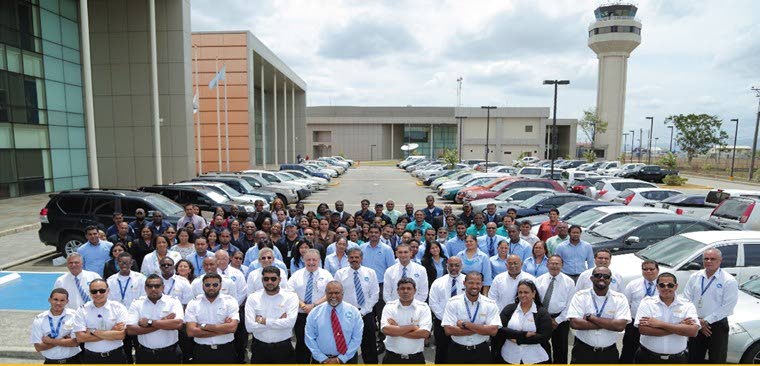Maintaining flight safety, importance of pilots' medical assessment

Aircraft pilots are required to continuously meet very stringent medical requirements in accordance with the standards of the International Civil Aviation Organisation (ICAO) annex 1 – Personnel Licencing.
The process of medical assessments for establishing and issuing evidence that guarantees that a license holder meets the applicable medical requirements is called “medical certification”.
There are two classes of medical assessments for aircraft pilots.
A Class 1 medical assessment applies to applicants for, and holders of commercial pilot licences (CPL) and airline transport pilot licences (ATPL) for aeroplane, airship, helicopter and powered-lift.
A Class 2 medical assessment applies to applicants for, and holders of private pilot licences for aeroplane, airship, helicopter and powered-lift.
All medical assessments in each class are done by a designated aviation medical examiner (AME) with accredited training in aviation medicine and refresher training at regular intervals.

Before designation by the Civil Aviation Authorities (CAAs), medical examiners must demonstrate adequate competency in aviation medicine.
The competence of an AME is assessed by medical assessors who evaluate reports submitted by the AMEs to the CAAs.
In some CAAs, there is a formal evaluation of an AME once every three years by a designated medical assessor.
Medical assessors, because of their functions as consultants for the CAAs and as supervisors for the designated AMEs, will normally have advanced training in the speciality of aviation medicine and extensive experience in regulatory and clinical civil aviation medicine.
The applicant for a medical assessment provides the AME with a personally certified statement of medical facts concerning the applicant’s personal, familial and hereditary history.
The applicant is made aware of the necessity for giving a statement that is as complete and accurate as the applicant’s knowledge permits, and the penalties for any false statements.
An applicant for a medical assessment undergoes a medical examination based on the prescribed requirements for physical and mental wellbeing, visual and colour perception and hearing.
An applicant for any class of medical assessment shall be required to be free from any abnormality – congenital or acquired – or any active, latent, acute or chronic disability such as would entail a degree of functional incapacity which is likely to interfere with the safe performance of duties during the operation of an aircraft.

(Photo courtesy Ramesh Lutchmedial) -
The applicant must have a numerical visual acuity based on the applicable medical standards. For example, a 20/20 visual acuity is the ability to see an object clearly from 20 feet away. Subject to the prescribed standards, corrective lenses are allowed. In addition, the applicant must demonstrate the ability to readily meet the prescribed colour perception standards, the perception of which is necessary for the safe performance of duties.
An aircraft has red warning lights, green or blue safe lights and amber caution lights. Likewise, all visual navigational aids at airports consists of red, white, green, yellow and blue lights each indicating a specific airport configuration. Therefore, it is critical for a pilot’s colour perception to accurately interpret what the colour or combination of colours represent.
The aural warning systems on an aircraft audibly inform the pilot of a situation requiring attention. Various tones and phrases sound in the cockpit to alert the crew when certain conditions exist. For example, an aircraft with retractable landing gear has an aural warning system to alert the crew of an unsafe condition if the landing gear is not down and locked and the aircraft is on a final approach for landing.
Applicants are required to demonstrate a hearing performance sufficient for the safe exercise of their licence and rating privileges.
Applicants for Class 1 medical assessments are tested by pure-tone audiometry at first issue of the assessment, not less than once every five years up to the age of 40 years, and thereafter not less than once every two years.
The AME is required to report to the CAA – which granted the pilot’s licence – any individual case where, in the examiner’s judgement, an applicant’s failure to meet any requirement – whether numerical or otherwise – is likely to jeopardise flight safety.
A licence of a pilot will be suspended if the pilot fails to satisfy the medical standards for the grant the licence.
The licence will be reinstated if the pilot satisfies the medical standards after medical rehabilitation and a reassessment . This may be subject to special conditions.
The period of validity of a medical assessment for a CPL is twelve months from the day the medical examination is performed and six months if the pilot is over age 60.
The level of medical fitness to be met for the renewal of a medical assessment shall be the same as that for the initial assessment
It is important that medical confidentiality is respected at all times. Medical information is of a sensitive nature, and a person who has undergone a medical examination for issuance or renewal of a license has a legitimate expectation that such information is kept confidential and disclosed only to medical officials.
When justified by operational considerations, the medical assessor shall determine to what extent pertinent medical information is shared with the relevant officials of the CAAs.
There are exceptions to medical requirements where, in special circumstances, the accredited medical conclusion indicates that the applicant’s failure to meet any requirement, whether numerical or otherwise, is such that exercise of the privileges of the license applied for is not likely to jeopardise flight safety.


Comments
"Maintaining flight safety, importance of pilots’ medical assessment"